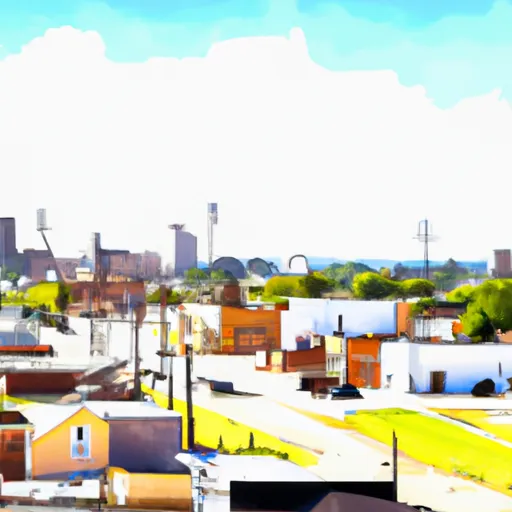°F
°F
mph
Windspeed
%
Humidity











Karnack is a small town located in northeastern Texas, in Harrison County. Known for its natural beauty and outdoor recreational opportunities, Karnack offers a diverse climate and rich hydrology constituents.
The climate of Karnack is classified as humid subtropical, with hot summers and mild winters. Summers are typically hot and humid, with temperatures often reaching the high 90s Fahrenheit. Winters are mild, with temperatures ranging from the 40s to the 60s.
Hydrologically, Karnack is situated near the beautiful Big Cypress Bayou and Caddo Lake. These water bodies not only provide picturesque views but also offer excellent opportunities for fishing, boating, and kayaking. Caddo Lake, a sprawling maze of bayous, channels, and sloughs, is particularly renowned for its diverse wildlife and scenic beauty.
With its abundant natural resources, Karnack is a haven for outdoor enthusiasts. The area offers opportunities for birdwatching, hiking, camping, and photography, providing visitors with a chance to immerse themselves in the serenity of nature. Additionally, the nearby Caddo Lake State Park offers facilities for picnicking, camping, and nature trails.
In conclusion, Karnack, Texas, boasts a diverse climate, scenic hydrology constituents, and a range of outdoor recreation opportunities, making it a prime destination for nature lovers and outdoor enthusiasts alike.
Weather Forecast
Karnack receives approximately 1293mm of rain per year, with humidity levels near 87% and air temperatures averaging around 19°C. Karnack has a plant hardyness factor of 8, meaning plants and agriculture in this region tend to thrive here all year round.
Regional Streamflow Levels
293
Cubic Feet Per Second
35
Cubic Feet Per Second
58
Cubic Feet Per Second
5
Cubic Feet Per Second
Nearby Camping
| Camping Area | Reservations | Toilets | Showers |
|---|---|---|---|
| Winnie - Stowell County Park | |||
| Ebenezer - Sam Rayburn Reservoir | |||
| Boykin Spring | |||
| Twin Dikes - Sam Rayburn Reservior | |||
| Magnolia Ridge - Town Bluff Reservoir | |||
| Village Creek State Park |



